What Bulbs Need Chilling: How To Chill Flowering Bulbs
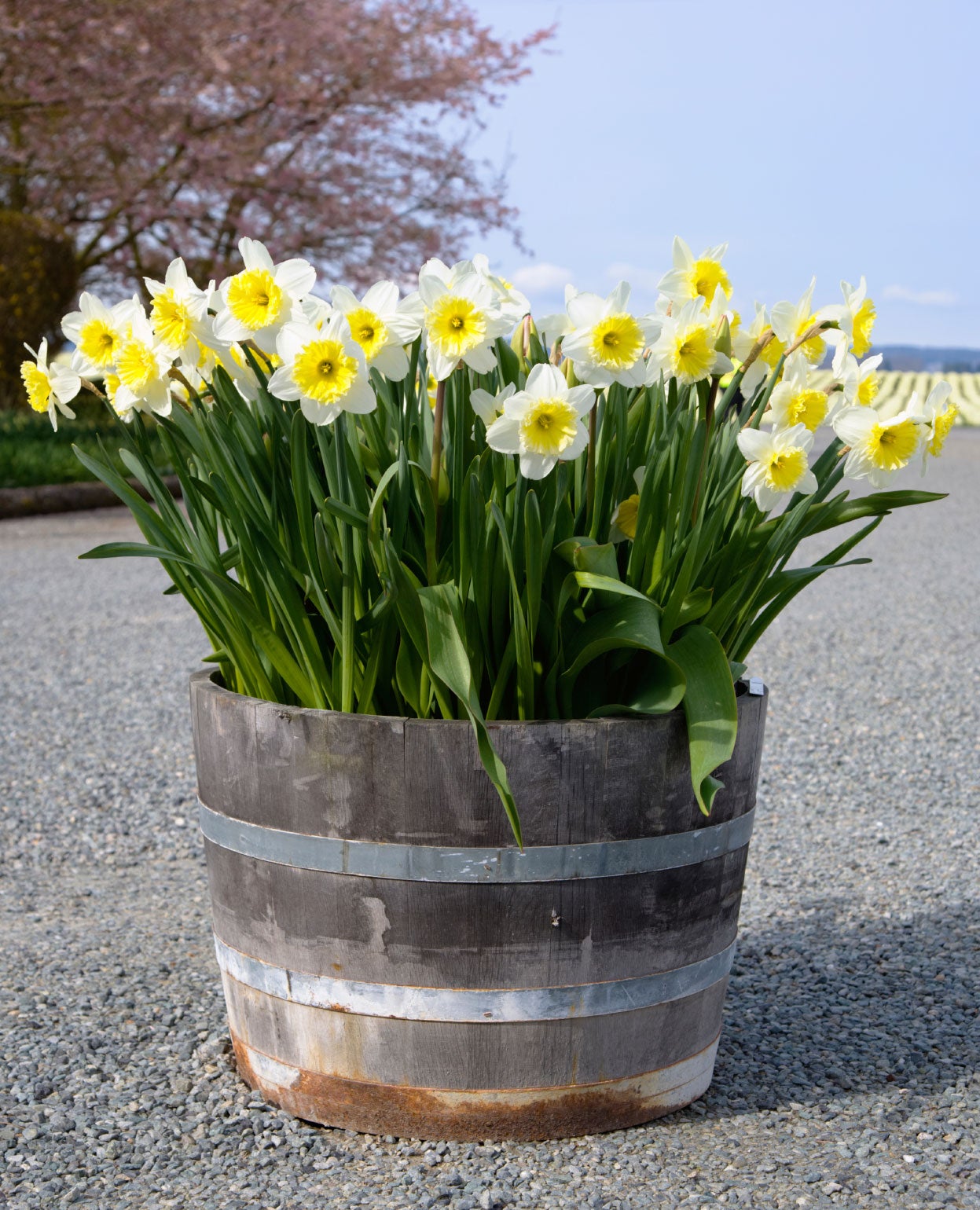

Forced potted bulbs are a common sight in late winter and early spring, but why do they have to be forced? Chilling flower bulbs breaks a cycle that allows the plant to begin growth. This allows the plant to emerge earlier than it would without forced chilling. If you want to know how to fool your bulbs into growing, learn about the chill period for bulbs and the method for early spring blooms.
What is Chilling?
So exactly what is chilling? Flower bulbs and many seeds require a dormancy period before they are ready for growth. It is a chilling period of a certain number of days. This keeps the embryo from emerging during cold weather, which would potentially kill the new growth. Bulbs have dormancy periods which vary by type and some, such as tropical flowers, do not require a chilling period at all. If you mimic the cold period the bulb would normally undergo in its natural environment, you can cheat a bit and fool the bulb into sprouting early. Chilling flower bulbs is easy and can help get an early burst of color in late winter.
How to Chill Flowering Bulbs
Now that chilling has been explained, you will want to know how to chill flowering bulbs. Spring bloomers, such as tulips and narcissus, require a chilling period of 12 to 16 weeks. The highest chilling temperature is around 40 degrees F. (4 C.), so chilling bulbs in the refrigerator is ideal. Just be sure not to store them near any fruit, as the released ethylene gas reduces bloom. Store the bulbs in the refrigerator in a ventilated mesh bag. The chill period for bulbs varies by species but, as a general rule, the flowers that come up first, even through snow, need the least chilling time and those that arrive later will need the most.
What Bulbs Need Chilling and Which Don't?
Any bulb that naturally would be in the ground during cold weather needs chilling. An exact list of what bulbs need chilling would be too long for this publication. However, the following bulbs will all need a chilling period for outdoor growth in warm locations or to force the bulbs for the interior:
Late season bloomers do not need to be pre-chilled and may include:
If you live in a warm zone, however, do not expect even the pre-chilled bulbs to produce many flowers. It is normally better to treat them as annuals instead.
Potting Up Chilled Bulbs for Forcing
The container for forced bulbs can actually be quite crowded. A 6-inch (15 cm.) pot holds about six tulip bulbs. Bulbs should be close but not touching. Use good quality potting soil and make sure the container has excellent drainage. The tops of the bulbs should just be covered by the soil. Keep the soil moderately moist in a cool location until you see green sprouts forcing from the soil. After flower buds appear, move the pot to a bright window. Soon you will see flowers and the bright promise of spring. It is even possible to plant forced bulbs outdoors in the garden.
Gardening tips, videos, info and more delivered right to your inbox!
Sign up for the Gardening Know How newsletter today and receive a free copy of our e-book "How to Grow Delicious Tomatoes".

Bonnie Grant is a professional landscaper with a Certification in Urban Gardening. She has been gardening and writing for 15 years. A former professional chef, she has a passion for edible landscaping.
-
 Get Ready For A Summer Of Hummers! Grow These Full Sun Hummingbird Plants and Flowers
Get Ready For A Summer Of Hummers! Grow These Full Sun Hummingbird Plants and FlowersIf you’re lucky enough to enjoy a sunny backyard, make sure you are maxing out on your pollinator opportunities and grow these full sun hummingbird plants and flowers
By Tonya Barnett
-
 12 Lush Alternatives To A Lawn For Sustainable Spaces
12 Lush Alternatives To A Lawn For Sustainable SpacesAlternatives to a lawn are beautiful and also beneficial to your local ecosystem and its pollinators. Explore our top picks for plants to replace grass.
By Tonya Barnett
-
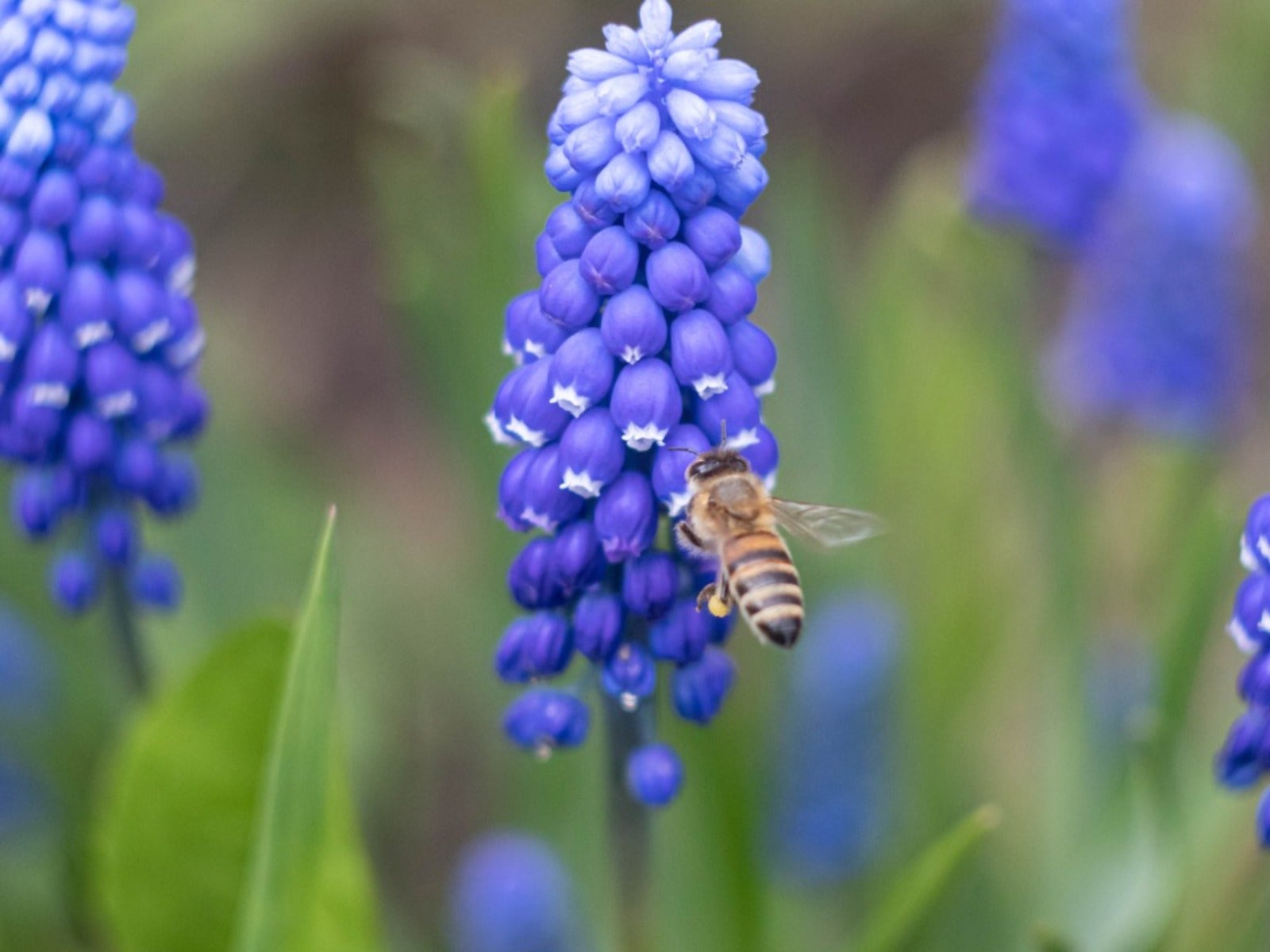 Pretty Spring Bulbs For Pollinators
Pretty Spring Bulbs For PollinatorsWhat are the best flowering bulbs for pollinators in spring? Click here to find out.
By Mary Ellen Ellis
-
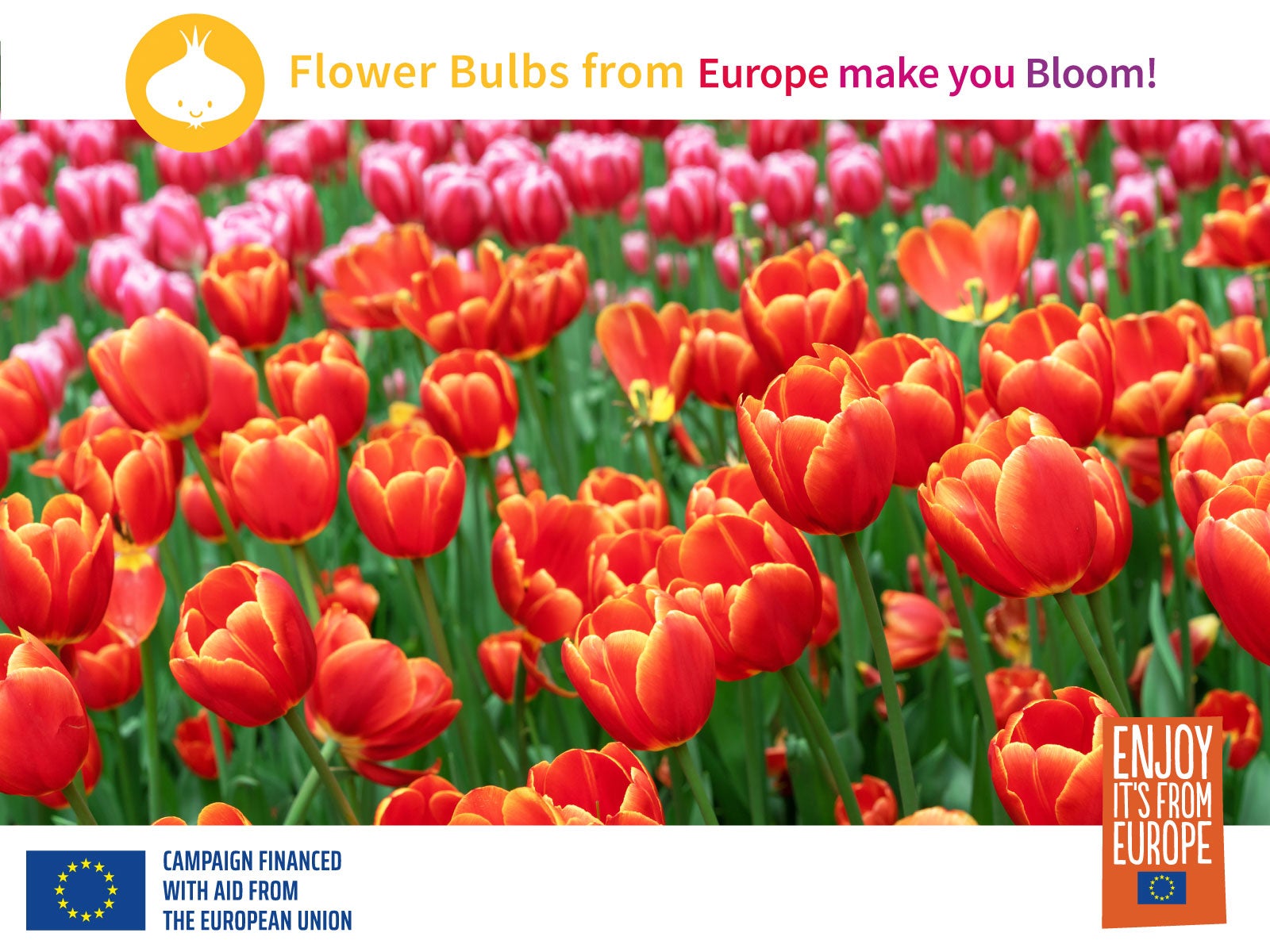 Grow An Early Spring Flowering Bulb Lawn
Grow An Early Spring Flowering Bulb LawnWant a lawn that nourishes pollinators, never needs weeding, and grows more beautiful every year? We have the lawn for you. Click for more.
By Caroline Bloomfield
-
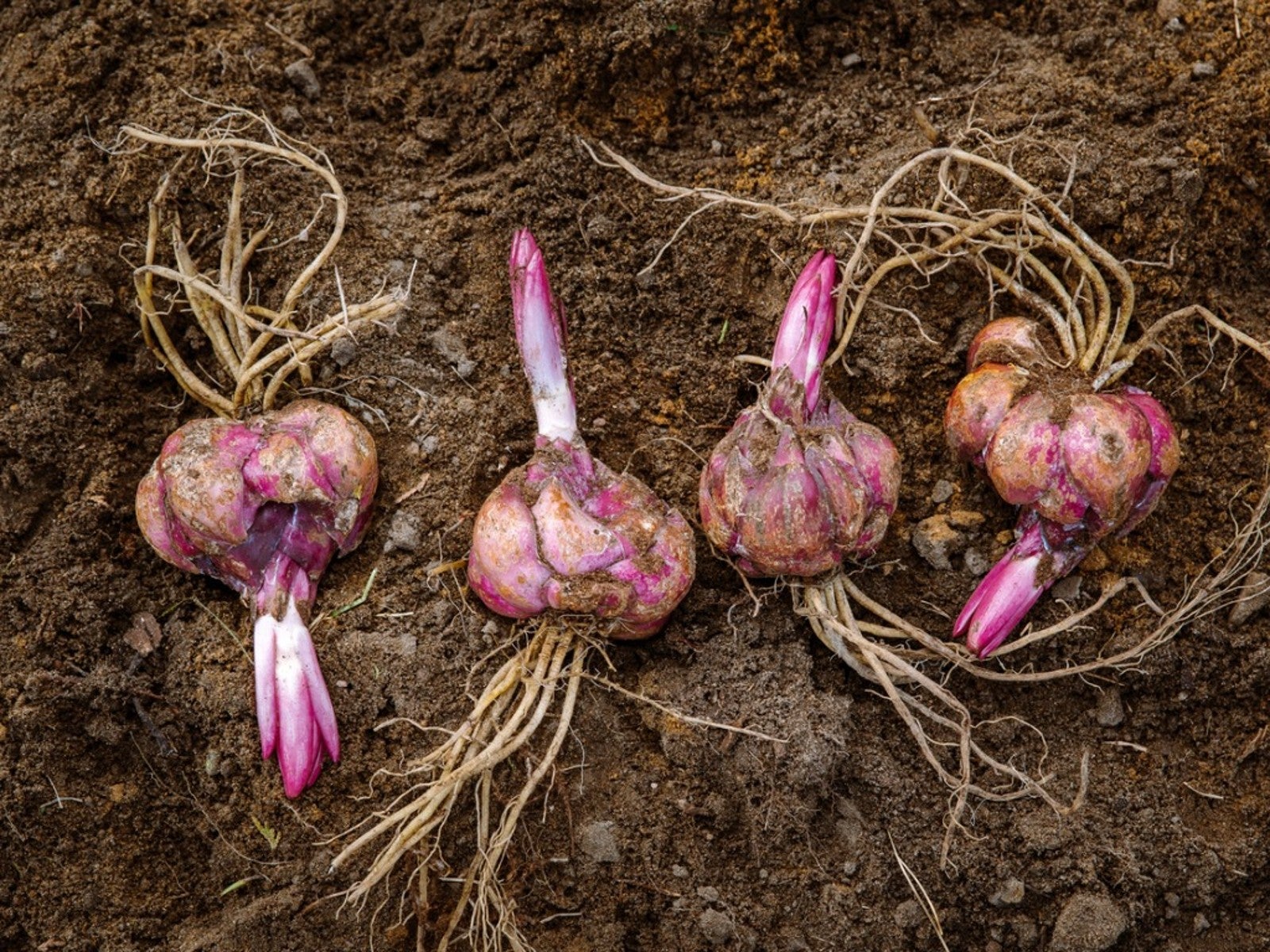 When To Dig Up Bulbs That Bloom In Summer
When To Dig Up Bulbs That Bloom In SummerClick here to learn when to dig up faded summer bulbs of some of the most common ornamentals grown.
By Tonya Barnett
-
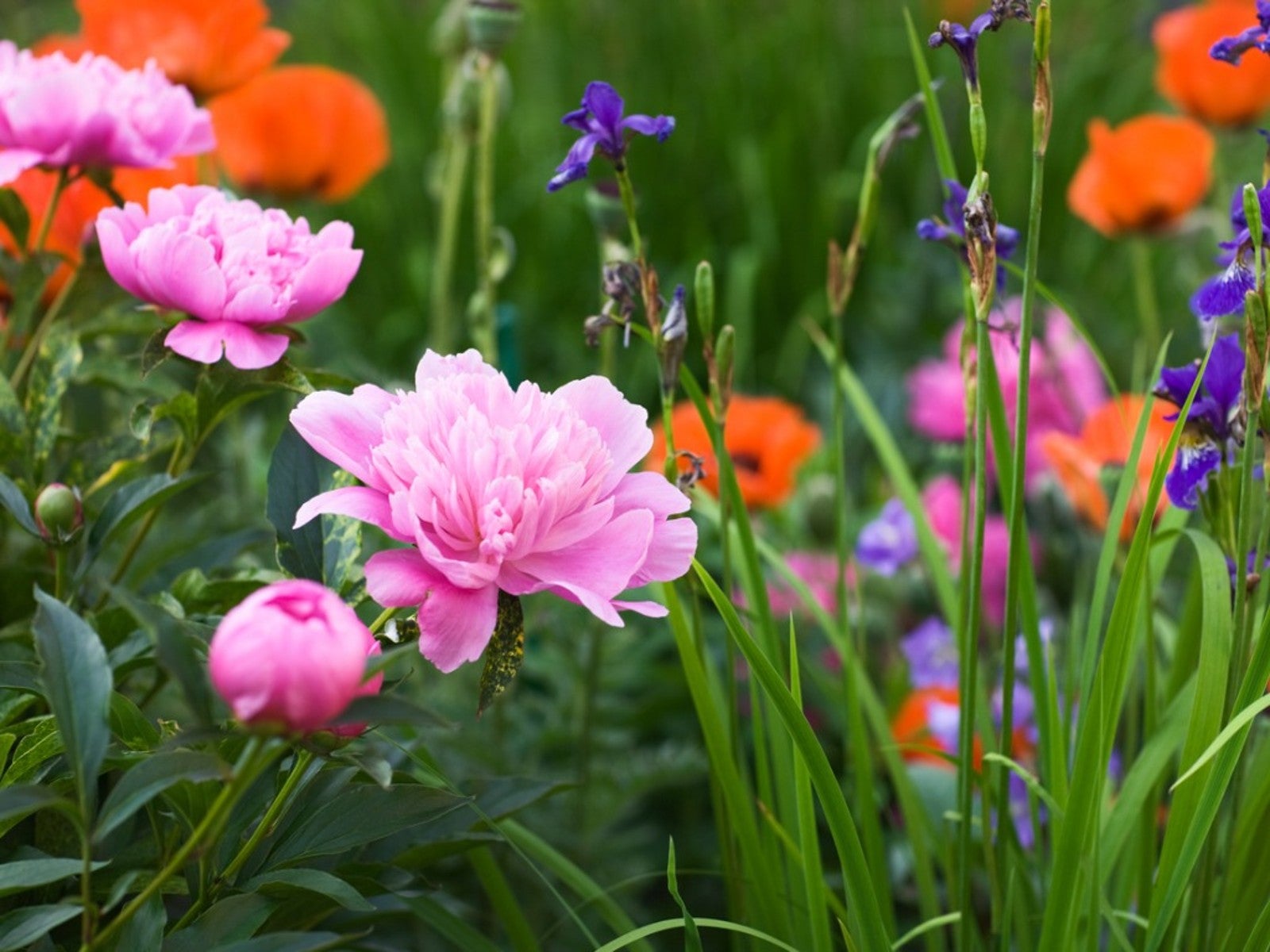 Corms, Tubers, And Bulbs That Are Deer Resistant
Corms, Tubers, And Bulbs That Are Deer ResistantWe love tulips, and so do deer! If you have hungry deer and you hunger for spring blooms, this article should help.
By Amy Grant
-
 Care for Bulbs After Blooming
Care for Bulbs After BloomingIt's tempting to chop down the leaves after you bulbs have bloomed, but you have to resist this urge! Click to learn why.
By Amy Draiss
-
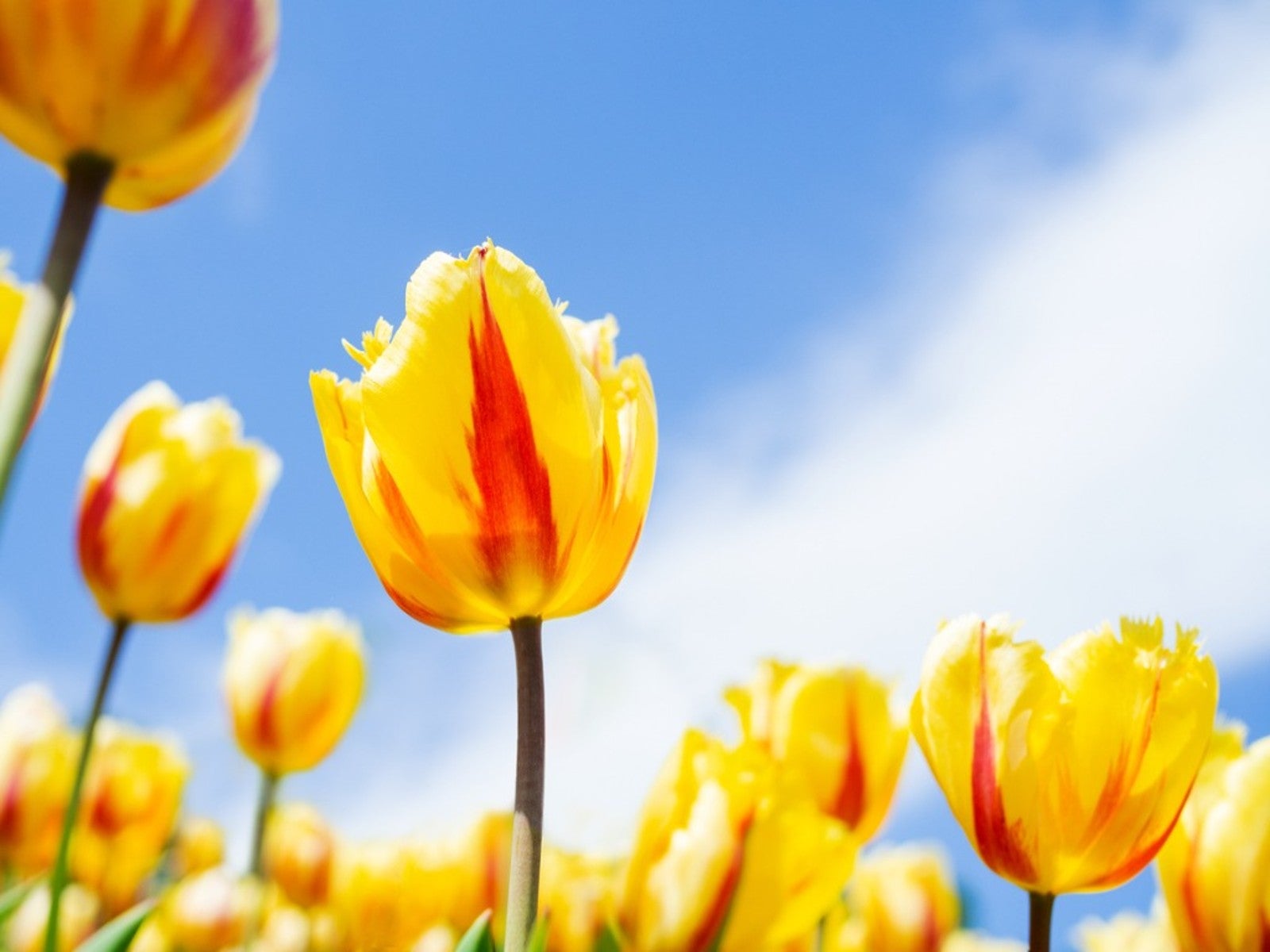 Best Spring Bulbs for Sun and Shade: Bulbs That Grow in Shade and Full Sun
Best Spring Bulbs for Sun and Shade: Bulbs That Grow in Shade and Full SunBulbs are beautiful harbingers of spring. Most flower bulbs thrive in full sun, but what if you have a shaded landscape? Read on for more.
By Amy Grant
-
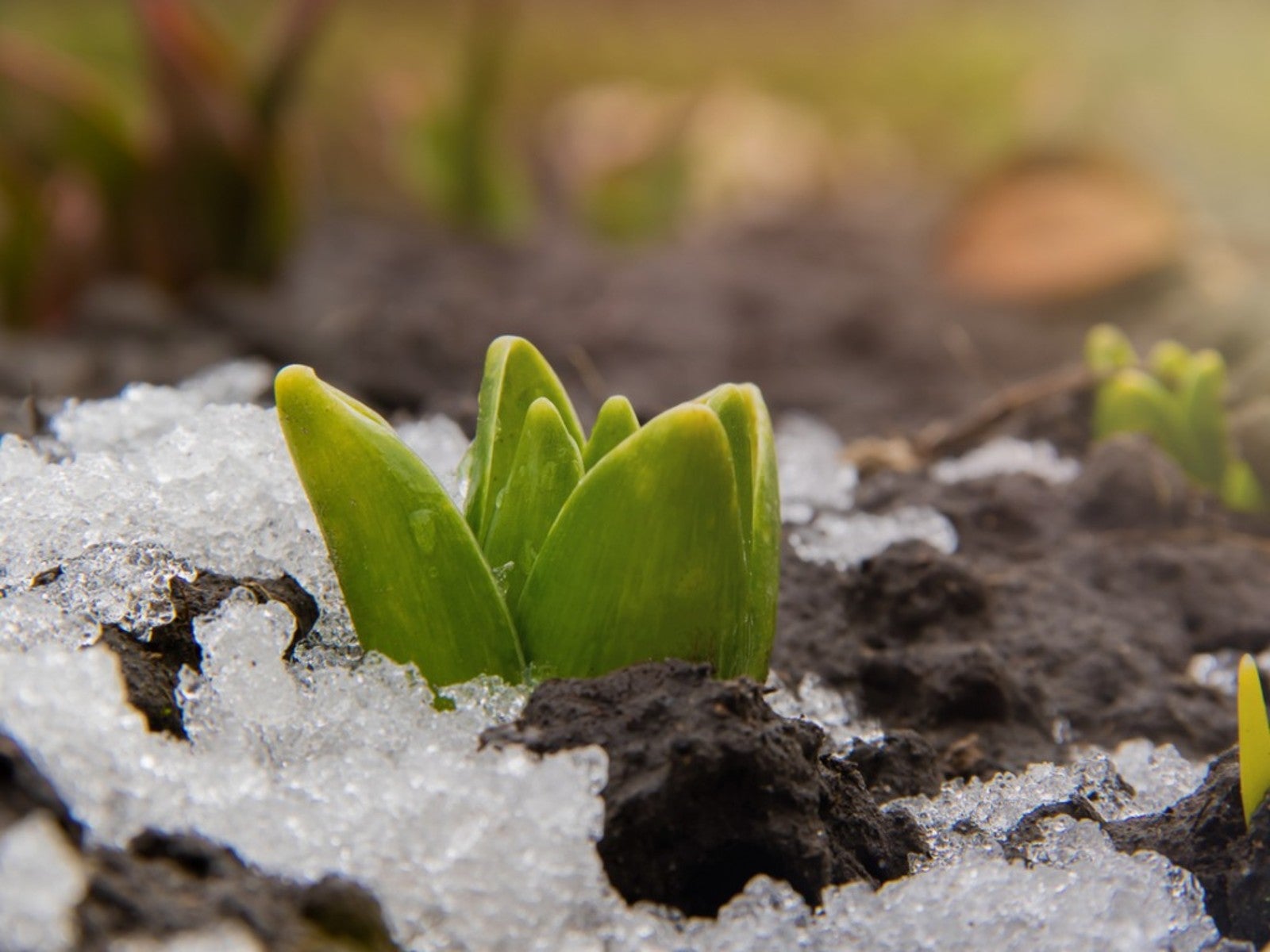 Bulb Life Cycle In Winter: What Bulbs Do For Months Under The Snow
Bulb Life Cycle In Winter: What Bulbs Do For Months Under The SnowDormancy in winter doesn't mean nothing is happening with bulbs. It just means you don't see any growth above the ground. Read on for more.
By Bonnie L. Grant
-
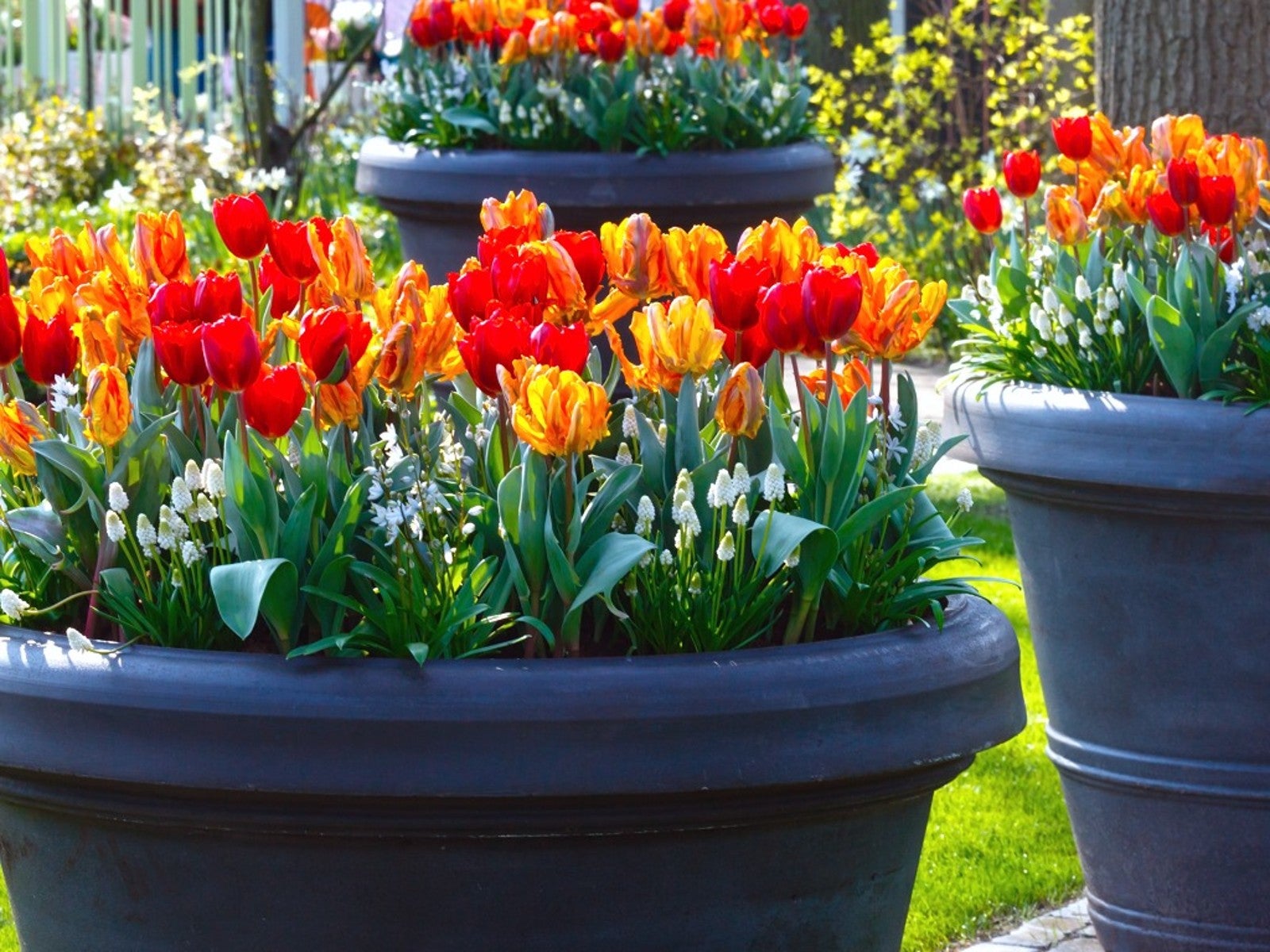 How To Plant Bulbs In Pots - Lasagna Style
How To Plant Bulbs In Pots - Lasagna StylePlanting bulbs in containers is an easy way to create a gorgeous spring porch arrangement, especially when you use the lasagna method.
By Laura Walters